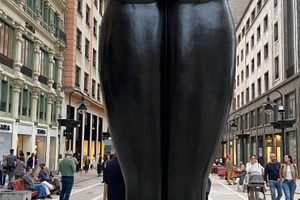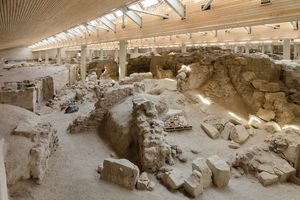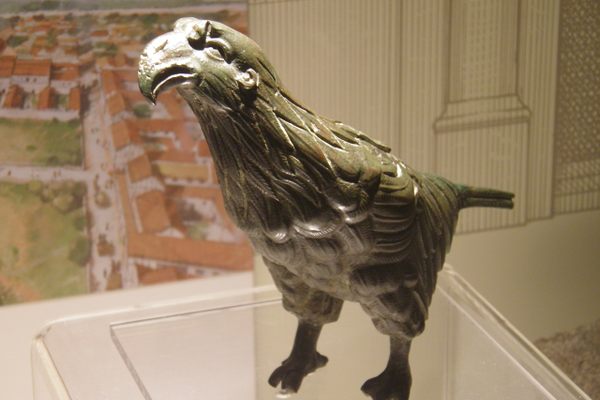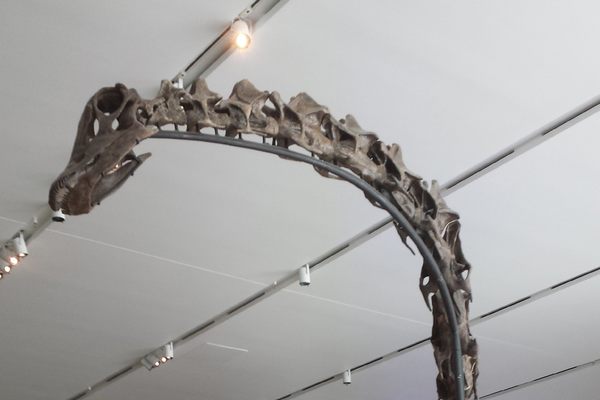About
In the Archaeological Museum of Asturias lies a skeleton with an eerie green hue suggestive of the supernatural. The story behind this curious cadaver is one that reflects the monumental cultural changes that arose during the Bronze Age.
The transition from the Neolithic to the Bronze Age in Spain heralded huge technological development as humankind began to manipulate natural resources to produce tools. As a result, mines became culturally and spiritually important places.
This era brought about radical changes in every aspect of ancient Asturian society, including its funerary rites. During this period, dead individuals of high social status were buried in disused mines. It’s believed these burials may have served as ritual offerings in accordance with the cosmovision of these ancient peoples who worshiped the new gods of the earth and its precious natural resources.
This particular skeleton belonged to a young male who remained buried in a disused copper mine until he was discovered by a team of archaeologists. Because he lay in the mine for millennia, his bones absorbed some of the copper sulfate, giving them the greenish hue.
Related Tags
Know Before You Go
You can find the skeleton in the Archaeological Museum of Asturias, where he is located on the second floor along with many interesting artifacts from Neolithic and Paleolithic ages. The museum is open from 9:30 a.m. to 8:00 p.m. Wednesday to Friday (it's closed Mondays and Tuesdays) and from 9:30 a.m. to 3:00 p.m. on weekends. Entrance is free.
Community Contributors
Added By
Published
April 22, 2019


































